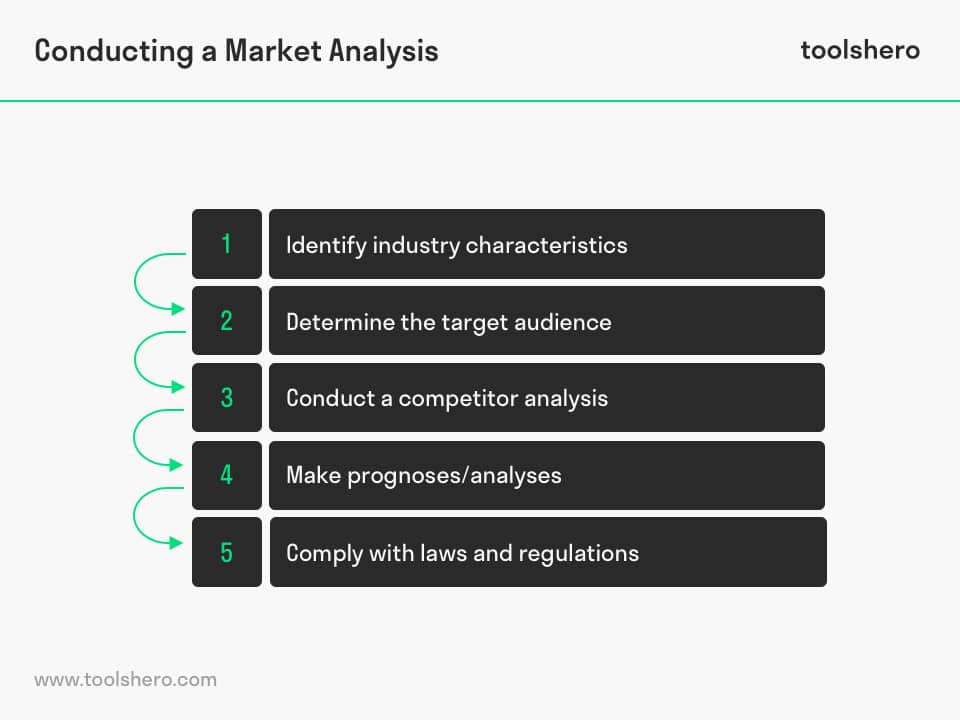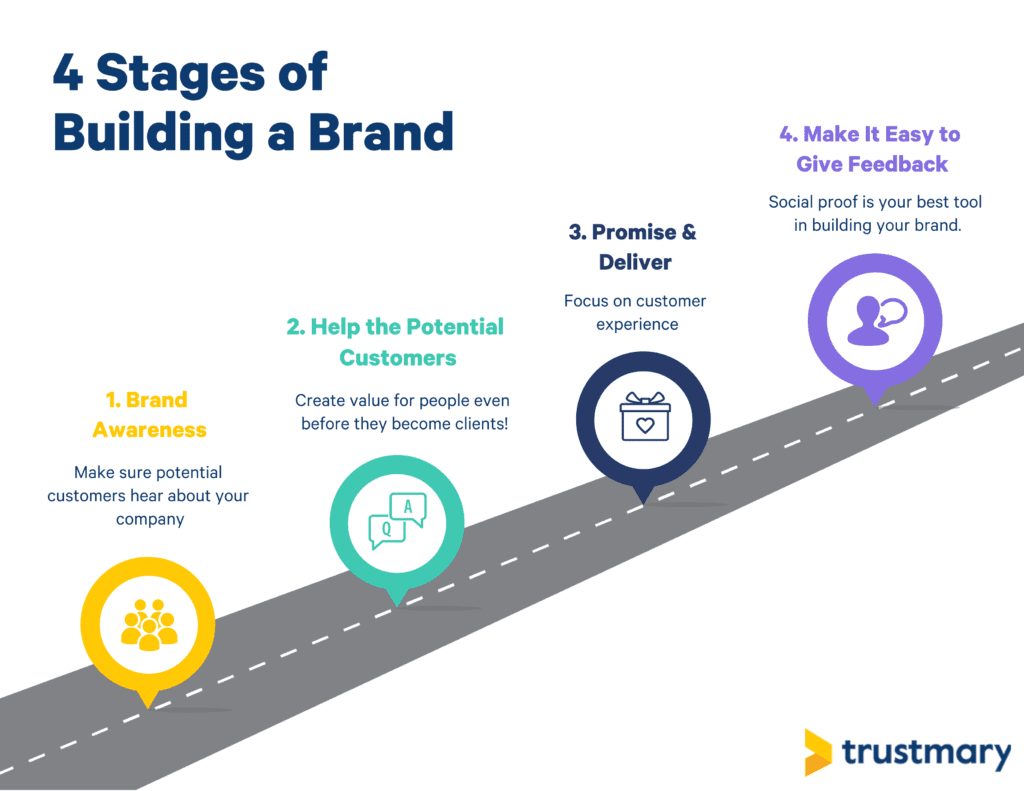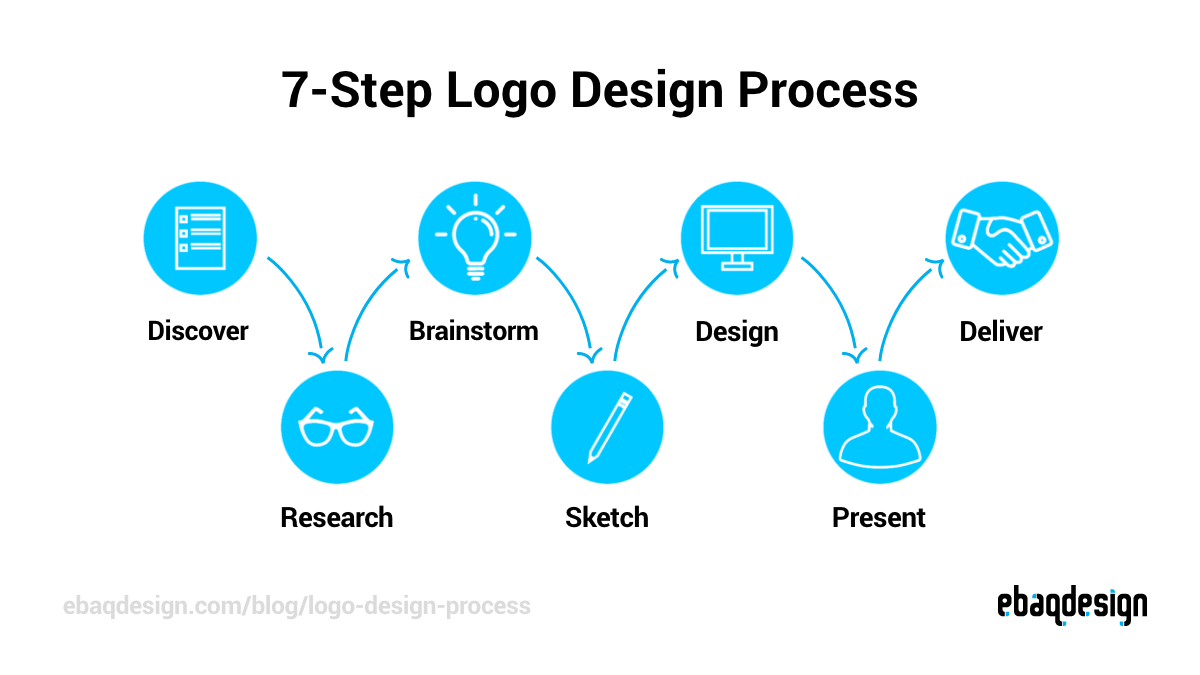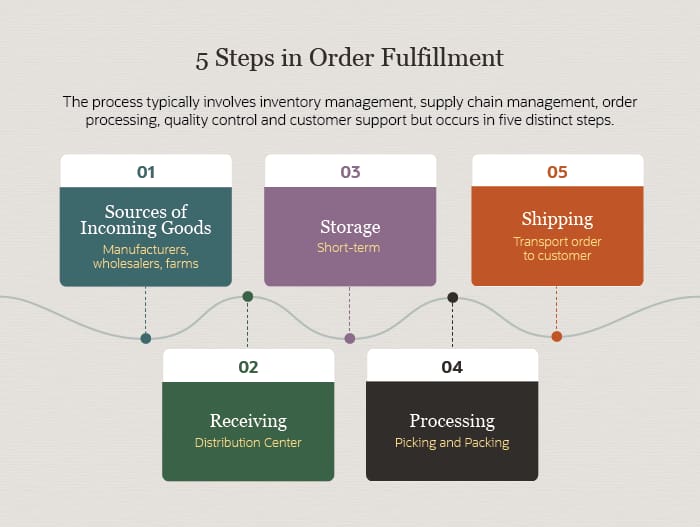The Definitive Guide for 2023

In this definitive “how to start a jewelry business” guide, we’ll walk you through the steps for turning a brilliant business idea into a thriving jewelry store.
Studies have shown that the global jewelry market will continue to grow for years to come.
So, while there are plenty of opportunities for innovative and creative entrepreneurs in this type of business, competition is also fierce.
To help you navigate your way to building a luxurious empire in the jewelry industry, we’ll start at the very beginning.
Step 1: Determine Your Niche
A niche is a segment of the much larger jewelry market that focuses on a specific type of jewelry. This way, you can focus on creating and selling the types of jewelry your target audience wants.
Some examples of niches in the jewelry industry include:
Fine Jewelry
Jewelry made from precious metals—gold, silver, or platinum—or that uses gemstones—diamonds, rubies, emeralds, and sapphires—is called “fine jewelry.” They’re durable, long-lasting, and can be worn every day. As such, they can be costly.
Fashion or Costume Jewelry
These are jewelry pieces made from base metals—copper, brass, aluminum—or materials like leather or fabric. Simulated stones used in fashion jewelry are generally made of plastic or glass.
Handmade Jewelry
These are jewelry pieces crafted by artisans. They’re produced using the hands instead of manufacturing machinery. Materials for handmade jewelry run the gamut, including beads, shells, seeds and nuts, wood, stone, glass, enamel, acrylic, plastic, resin, ceramic or porcelain, polymer clay, and fabric.
Miscellaneous
Other types of jewelry can include:
Boho chic jewelry – Bohemian-style jewelry is free-spirited, ethnic, and tribal.
Rustic/vintage-inspired jewelry – A piece of jewelry that’s 50-100 years old is vintage, while jewelry that looks weathered and worn rather than smooth and polished is rustic.
Nature-inspired jewelry – These are jewelry pieces inspired by nature.
Eco-friendly/upcycled jewelry – These types of jewelry use discarded pieces of material, such as beads made from wastepaper or flowers from scrap fabric.
Jewelry made with mid-range materials – These are jewelry pieces that use fabric, metals, semi-precious gems, wood, 3D printing, and other mid-range materials.
Step 2: Analyze the Market
When starting your own jewelry business, you must know the market landscape you’re getting into. Market analysis gives you the insights you need to understand your potential customers and the competition.

The market analysis follows these steps. Also, consider the guide questions included in each step.
Identify the industry’s characteristics – What is the industry’s current state? What are the market segments that make up the industry? What are each segment’s geographic, demographic, psychographic, and behavioral characteristics?
Know your target audience – Which market segment will find value in your product? What are their age groups? How much are they making?
Analyze your competitors – Which consumer segments aren’t being served? What can you offer that competitors aren’t offering? Can you offer your products at a much lower price point?
Make informed predictions – How much will your target market be willing to spend on your products? What percentage of the market can your business capture?
Determine compliance requirements – What specific regulations should your jewelry business comply with? Are there any export/import restrictions to be aware of?
Step 3: Create a Business Plan
A business plan documents your business, its goals and how you plan to achieve them, what makes your business valuable to your target audience, and how you will compensate investors.
Some questions to consider when writing your jewelry business plan:
Who are my customers?
Who are my competitors? What are they doing right?
How can I deliver better products?
What needs does my business satisfy? What makes it unique?
How will my business make money?
To help you visualize a business plan, refer to the image below.

As you can see, it’s composed of several sections, including the executive summary, which serves as your elevator pitch, and various sub-plans that make up the much larger business plan, such as marketing, operations, and financial plans.
Step 4: Build a Brand
Building a brand doesn’t happen overnight, so begin building it right at the starting gate. The objective is to establish a strong, reputable brand that you can benefit from even years down the road.

Brand building is a multi-stage process:
Cultivate brand awareness – Get the word about your jewelry business using social media, paid ads, blogging, etc. Create brand guidelines to make your brand instantly recognizable to your target market.
Help potential customers – Be remembered as the brand that provides value even to non-customers.
Promise and deliver – Only promise what you can deliver. Make the customer experience smooth and pleasant.
Generate feedback – Build social proof by enabling customers to provide feedback, recommendations, and user-generated content.
Step 5: Create a Website
Whether you’re setting up an online jewelry business or a brick-and-mortar store, you need a website. A website is the foundation of all your digital marketing efforts. For example, without a website, you can’t do search engine optimization (SEO).
The following are the steps for creating a website:
Design Your Logo
A logo is a symbol that represents your jewelry business. It combines various elements, including color palette, typography, lines and shapes, images, etc.

The logo-making process follows seven steps:
Discover – Your logo is the focal point of all types of brand communication. So your logo shouldn’t only be aesthetically pleasing, but it should also serve business objectives.
Research – Understand the business landscape your logo will live in. Research your competitors and the industry as a whole. The goal is to figure out how to make your logo stand out.
Brainstorm – Use tools like mood boards and mind maps to develop ideas for your logo.
Sketch – Start sketching logo concepts based on the criteria you’ve set in the previous steps.
Design – Select the best sketches, and translate them into digital form. This is to test their viability.
Present – Show your logo to partners, employees, family, or friends, and gather feedback. Make revisions as necessary.
Deliver – Once the logo has been finalized, prepare your logo files. Include different versions, such as monochrome, black, white, and full color.
If you’d rather outsource this step, check out our article on the best place to get a logo designed.
Select a Domain Name
A domain name is the alphanumeric equivalent of a website’s IP address. It’s what customers enter in their browser’s URL bar to find your website.
When choosing a domain name, consider the following tips:
Make it short, preferably 2-4 syllables long – You also want it easy to spell, pronounce, and remember.
Get a .com if you can – It’s the most commonly used domain extension, and .com websites are generally more trusted. People also perceive them to be high-quality.
Check the domain’s history – You don’t want a domain name with a complicated history. It can only present problems down the line. Do your research before purchasing a domain name.
Once you’ve decided on a domain name, register it with a domain registrar like Namecheap.
If you’re stuck on what to name your new venture, here’s an article on jewelry business name ideas for inspiration.
Determine Your Platform
Your website platform is where your jewelry business website will be built, so it must be reliable and consistently available.
One of the most popular marketplace platforms is WordPress. It’s used by hundreds of millions of websites around the world. WordPress supports tons of free e-commerce plugins, so you can build your online store in practically no time.
With WordPress, your startup costs are minimal—generally, just the domain name registration plus web hosting. We suggest taking a look at Iridium to host your website. You can be up and running for just $20/month.
For more information on how to build your jewelry business website using WordPress, refer to our “how to start a marketplace website using WordPress” tutorial.
Etsy is also an excellent place to sell your jewelry online. It’s a site frequented by buyers of all things vintage and handmade, so your jewelry products will fit right in.
However, using Etsy can quickly become expensive. Each product you list will cost you $0.20. Other fees include transaction fees, advertising, and promotional fees, payment processing fees, etc.
For info on how to get the best out of trading on Etsy, check out this course.
Step 6: Set Up Your Business
Legitimizing your jewelry company comes with benefits. It allows you to:
Establish your reputation as a trustworthy company.
Market and expand your business.
Hire full-time employees.
Open a business bank account and apply for loans.
Receive supplier discounts.

To set up or legalize your business, do the following:
Register It
Registration procedures vary from state to state, so coordinate with the appropriate government agency.
The Small Business Administration (SBA) website has a comprehensive guide that can help. Your local chamber of commerce may also conduct free workshops or seminars on registering a business.
But typically, you will:
Register a business name.
Get an employee identification number (EIN) for tax purposes.
Select a business entity (sole proprietorship, partnership, corporation, limited liability company, etc.).
Sign Up for a Business Bank Account
Open a separate bank account for your jewelry business so you don’t combine business and personal finances.
Merging your finances complicates recordkeeping, making it difficult to track business income and expenses when it comes time to file your taxes.
Also, it’s a good idea to secure a business credit card to fund certain expenses and establish your business credit.
Apply for Various Licenses
The licenses and permits needed to start your jewelry line depend on your location. But these are some of the primary licenses and insurance:
Business license.
Tax ID number (EIN).
Sales tax permit.
Health and safety inspection documents.
Zoning approval.
Business insurance (product liability insurance and general liability insurance).
If you’re hiring employees, workers’ compensation insurance.
Step 7: Design Your Jewelry Line

Customers will pay a premium for jewelry pieces that are unique and hard to find. When designing jewelry pieces, consider what your target customers are looking for.
There are several ways to go about the jewelry-designing process:
Do it yourself – Start by browsing online jewelry stores for inspiration. Next, sketch your ideas, considering colors, shapes, and wearability. Visit your craft supply store to procure jewelry supplies. Having these available may spark more ideas.
Create a custom piece with the help of a jewelry designer – Before heading out to find a jeweler to work with, save design inspirations on your phone or sketch them out on a notepad. You may also bring any jewelry pieces you want to be redesigned.
Use online jewelry-designing sites – There are applications for designing jewelry that you can use for free or for a minimal fee. But if you want the finished piece, you will have to pay for it.
Step 8: Decide Between Local or Overseas Manufacturing
The next major step in this “how to start a jewelry business” guide is determining whether you want your jewelry pieces manufactured locally or abroad.
There are advantages and disadvantages to both.
Domestic Manufacturing
If you decide to produce your jewelry pieces in the United States, the biggest drawback is cost. But in terms of benefits, you get the following:
Higher labor standards.
Proximity and ease of communication.
Faster shipping time.
Intellectual property protection.
Overseas Manufacturing
Manufacturers abroad are generally more affordable. You also have many options, making them easier to source than domestic manufacturers.
In terms of disadvantages:
You will be spending considerable time and resources to ensure good working conditions for workers and the protection of your intellectual property.
Shipping time will take a while.
There is a negative perception surrounding the use of foreign manufacturers for consumer products. And that can rub off on your jewelry brand.
Step 9: Determine Pricing
The price of an item is one of the first things customers look at when buying.
This means pricing decisions have very significant implications for your jewelry business. Setting your prices too high will alienate specific customer segments. Setting them too low will negatively impact your bottom line. Worse, customers will think your pieces are cheap or low-quality.
It’s essential, therefore, that you price your products just right.

Some pricing strategies include:
Value-based pricing – You set your products’ prices based on how much your customers are willing to pay.
Competitive pricing – You set your own prices based on competitor prices.
Price skimming – You initially set a high price for your products to capture revenue from those who want them. Then, gradually, you lower your prices to capture a more significant market share.
Cost-plus pricing – This is pricing based on your manufacturing costs plus a percentage.
Penetration pricing – You set your prices lower to penetrate an existing market and build a solid base of customers.
Economy pricing – You manufacture and sell cheaper jewelry products. The end goal is sales volume.
Dynamic pricing – You rapidly change prices based on market demand and production costs.
Geography pricing – This is pricing based on customers’ locations. Your products may be in high demand in specific geographies but not so in others.
Bundle pricing – You bundle similar products together and sell them as a package.
Step 10: Package Your Jewelry the Right Way
Packaging is a vital component of the customer experience. Done right, it makes your jewelry brand look trustworthy and professional. It also adds a dash of personal touch that can keep customers coming back for more.
Here are some packaging options to consider if you’re selling jewelry pieces through an online store:
Jewelry box – They come in many sizes, shapes, colors, and materials. They’re also sturdy enough to protect your products.
Pouches/drawstring bags – Although not as sturdy as jewelry boxes, some material options for this type of packaging are cotton, velvet, and organza. Choose which works for your brand’s look and budget.
Jewelry display card – These are cards with slits and holes for holding jewelry in place.
Remember that packaging serves two main purposes: branding and protection.
Step 11: Set Up a Fulfillment Solution
Order fulfillment, in a nutshell, is getting your products into customers’ hands. It typically occurs in one or several distribution centers and involves multiple processes.
These include supply chain management, inventory management, order processing, quality control, customer support, and exchange/returns management.

To select the right order fulfillment company for your jewelry business, consider the following:
Shipping speeds – How fast can they deliver your products to customers?
Warehouse location – The closer fulfillment warehouses are to customers, the faster the shipping times.
Transparency and visibility – Your fulfillment partner should be able to provide on-demand information on the status of customer packages.
Branding and packaging options – Select a fulfillment company that allows packaging customization. Also, it has to offer several packaging options for you to choose from.
Costs – Choose a fulfillment partner that provides the best rates.
Promoting your business is one of the most important activities you can do for your jewelry business. With a strategic promotion, you put your products in front of your target audience, creating a loyal customer base.
To promote your jewelry business online, use any of the following tactics:
SEO
SEO is the process involved when you optimize your website’s content for search engines. With the right research strategy, you can make your content rank for the keywords your potential customers use.
SEO, however, is easier said than done. Algorithm changes happen every so often, and one false move can get your jewelry business website penalized. Recovering from a penalty can be extremely grueling.
That said, you must know what you’re doing. Authority Site System is an excellent online course for beginners that helps you navigate the ins and outs of creating a profitable website, including how to implement SEO properly. Hundreds of video lessons are available on demand.
Additionally, you’ll need proven SEO tools like Semrush to automate data collection and insights extraction. Take advantage of a free 14-day trial to see for yourself the benefits the platform provides.
Email Marketing
Email marketing is an online marketing strategy that allows you to email subscribers regarding business updates and promotions.
You first have to select an email service provider (ESP) to get started.
ActiveCampaign is one of the best ESPs on the market, with features such as automation, contact management, advanced reporting, lead magnets and forms, automated lead nurturing, and so many more.
Next, you have to have an email list, which you can build by:
Collecting emails at trade shows or in-person events.
Adding an email signup button to your social media profiles.
Adding an opt-in form on your website’s sidebar or footer.
Including an option to subscribe to your jewelry business newsletter in checkout forms.
Creating custom CTAs for each landing page or blog post.
Asking visitors to answer a survey.
There are a lot more creative tactics you can try. Research similar businesses and see what works for them. But once you’ve built your email list, the next step is to segment it.
This way, you can send more personalized messages to your subscribers.
Social Media
About six out of 10 people use social media, according to the latest statistics. This makes social media an excellent venue for promoting your jewelry business online.
But this doesn’t mean you have to be on every social media platform.
In fact, that’s a horrible idea. The trick is to know where your target market hangs out.
Facebook is the most used social network, with almost 3 billion monthly active users as of the third quarter of 2022.
But it’s not the only platform that can help you reach your target market. That’s because not everyone is on Facebook. Again, it’s all about knowing your customers’ platform of choice.
Regarding Facebook alternatives, Twitter is a good place for establishing your jewelry line brand. Pinterest works best for businesses in a specific niche—custom or handmade jewelry, for example.
Paid Ads
Any advertisement you pay for is a paid ad. There are many different types—native ads, remarketing ads, display ads, banner ads, etc.—but social media ads and Google ads (also known as pay-per-click ads) are the most common.
To squeeze the most benefit from your paid ads, here are some tips:
Make it a habit to evaluate how your target keywords are performing.
Make sure your landing page loads fast.
Your paid ads message should match your landing page.
When creating landing pages and PPC ads, consider how they look on mobile devices.
Clicks are okay, but conversion should be your focus.
Regularly perform A/B testing.
Get Started with Your Jewelry Business Today
It’s not easy to start a jewelry business—that is clear. But remember, the successful jewelry businesses that we look up to today were, once upon a time, new to the industry.
We hope the abovementioned tips can help make the first step less daunting for you.



